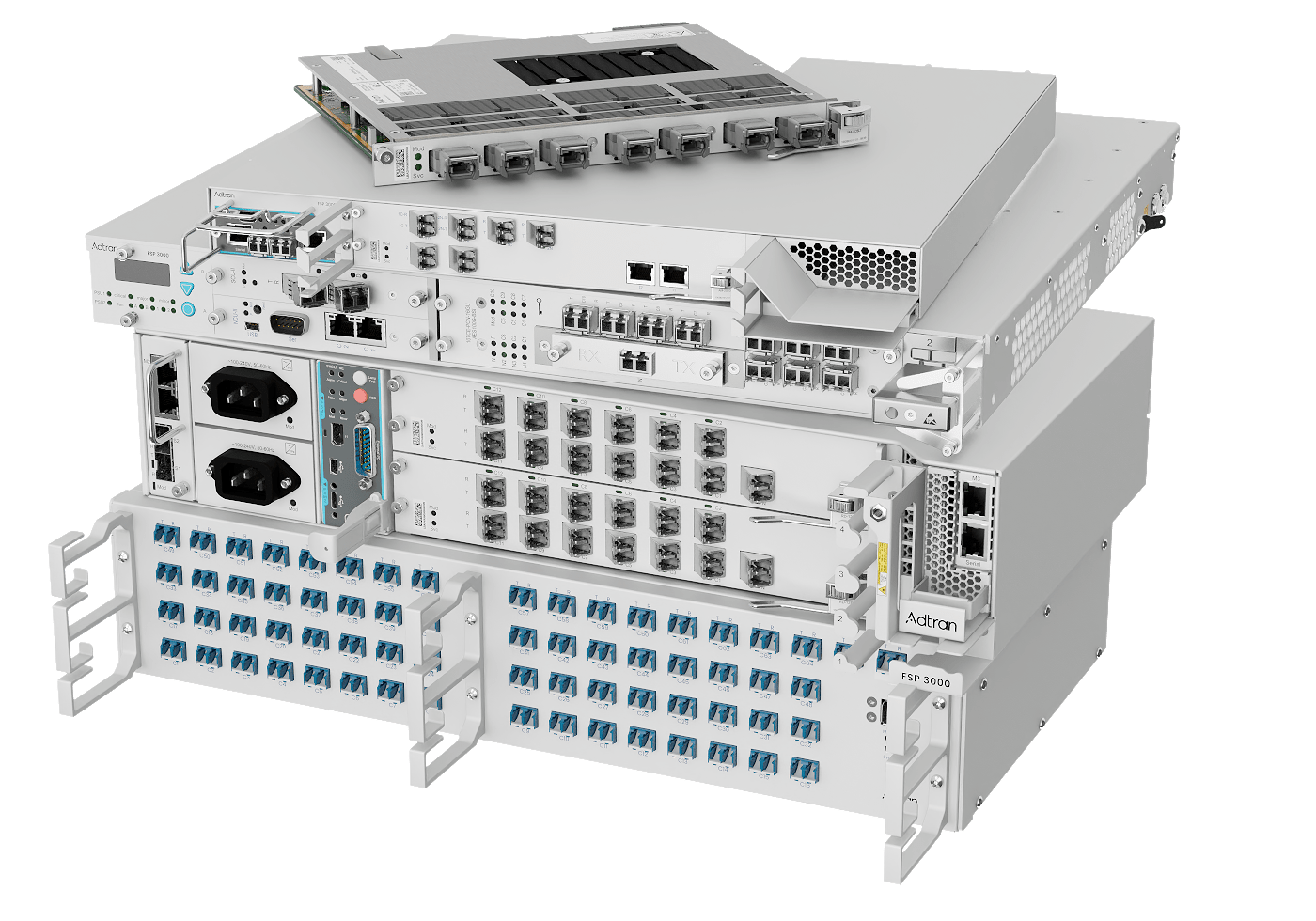What is DWDM?
Unlimited scalability for fiber-optic networks
Dense wavelength division multiplexing (DWDM) is an optical multiplexing technology used to increase the bandwidth of fiber-optic networks. DWDM works by combining and transmitting multiple signals simultaneously at different wavelengths on the same fiber strand. In essence, the technology creates multiple virtual fibers, therefore multiplying the capacity of the physical medium. Moreover, DWDM is protocol and bit-rate agnostic. DWDM enables multi-service networks that can transport different types of services over the same infrastructure transparently and without interference between services
Enabling digital transformation
The digitization of many industries relies on DWDM, as it provides the expansive bandwidth needed to transmit large amounts of data swiftly and efficiently.

DWDM provides the ultimate scalability and reach for fiber networks.
Leverage existing fiber
As optical fiber is a scarce and costly resource in numerous areas, the role of DWDM in enhancing the capacity of existing fiber networks and enabling multi-service networks becomes increasingly critical.

Driving down cost-per-Gigabit-mile
DWDM has revolutionized the economic landscape of data transport. Thanks to DWDM, fiber networks can carry multiple Terabits of data every second simultaneously over a single fiber pair and thousands of miles – and at cost points unimaginable less than a decade ago. DWDM is crucial to develop high-capacity, multi-service networks that are easy to scale and operate. DWDM is protocol and bit-rate agnostic. Services are transported transparently over different wavelengths, with each wavelength capable of transporting data at speeds up to 400Gbit/s and beyond.
Key role in 5G networks
DWDM supports the stringent latency demands required for 5G-based applications from autonomous vehicles to advanced telemedicine.

Maximizing fiber utilization
With its advanced features and robust architecture, our FSP 3000 open optical transport technology empowers network operators to unleash the full potential of DWDM. Featuring an open and disaggregated architecture, with open trans-/muxponders disaggregated from the open optical line system and an open programmable control, our FSP 3000 offers unparalleled flexibility, scalability and efficiency to develop DWDM networks that can scale and accommodate any customer need without vendor or technology lock-in. Whether used for turn-key solutions or multi-vendor networks, the FSP 3000 provides users with choice and empowers them to maximize the utilization of existing fiber resources while future-proofing their networks against ever-increasing bandwidth demands.
Related products
 ;
;

